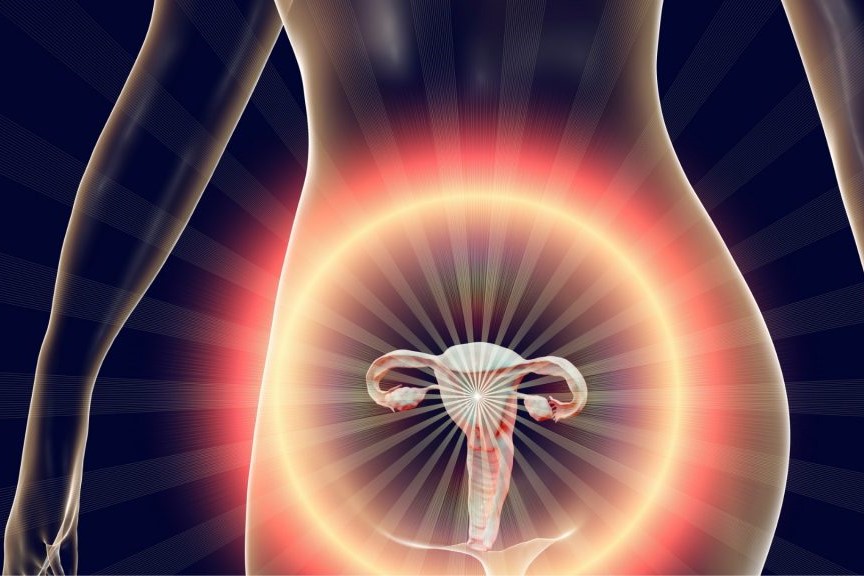
Vulvodynia: causes, symptoms and treatment
Vulvodynia is a sexual pain disorder, a painful sensation unrelated to a specific cause (allodynia), characterised by sensations more intense than they should be (hyperesthesia)
What is vulvodynia?
Vulvodynia affects the vulvar mucosa in particular and is characterised by painful symptoms generalised to the vulvar area or localised to a specific point.
It is a pathology with a complex diagnosis since vulvar pain can be linked to various pathologies.
Moreover, vulvodynia does not resolve naturally and significantly compromises the patient’s quality of life, particularly in the couple’s and sexual sphere.
What are the causes of vulvodynia?
There is still no certainty about the pathophysiology of vulvodynia, but the most accredited hypothesis is that this disorder is related to an abnormal response of mast cells to an inflammatory stimulus, which causes increased activity and proliferation of the nerve fibres that transmit the pain impulse, with extension to the most superficial part of the skin.
What are the symptoms of vulvodynia?
The main symptom of vulvodynia is pain, which occurs, in most cases, during the sexual act, but can also occur spontaneously, associated with certain movements.
Painful symptoms, provoked and spontaneous, can occur in both ways in the same patient.
Diagnosis
The diagnosis is a differential one: vulvar pain can be associated with various pathologies, such as vaginismus, infections or neurological problems, which must be excluded at the diagnosis stage.
In the diagnostic phase, the patient describes the type of pain perceived, whether it is generalised or localised in one place (e.g. clitoral or over the whole vulva) and whether it is spontaneous or provoked (i.e. whether it occurs only with sexual intercourse or also in other daily situations).
After listening to the patient, the specialist performs the Q-tip test, an examination that involves the use of a special cotton swab, with which specific points of the vulva are touched.
If the patient feels pain on touching, she is most likely affected by vulvodynia, on the contrary, if the patient feels no pain, it could be a different pathology.
Treatments for vulvodynia
The treatment of vulvodynia involves the patient being taken care of by a multidisciplinary team of specialists, including a gynaecologist specialising in sexual pain disorders and a psychotherapist who can help the patient deal with the psychological experience related to this condition.
Pharmacological therapies for the treatment of vulvodynia include the use of local anaesthetics, tricyclic antidepressants, such as amitriptyline, to be used locally and which allow a specific action of modulation of the painful sensation.
The specialist may also deem it necessary to use infiltrations of anaesthetics or anti-inflammatories and other specific treatments to educate the pelvic floor.
Read Also:
Emergency Live Even More…Live: Download The New Free App Of Your Newspaper For IOS And Android
Vulvodynia: What Are The Symptoms And How To Treat It
What Is Vulvodynia? Symptoms, Diagnosis And Treatment: Talk To The Expert
Accumulation Of Fluid In The Peritoneal Cavity: Possible Causes And Symptoms Of Ascites
What’s Causing Your Abdominal Pain And How To Treat It
Pelvic Varicocele: What It Is And How To Recognise The Symptoms
Can Endometriosis Cause Infertility?
Transvaginal Ultrasound: How It Works And Why It Is Important
Candida Albicans And Other Forms Of Vaginitis: Symptoms, Causes And Treatment
What Is Vulvovaginitis? Symptoms, Diagnosis And Treatment


